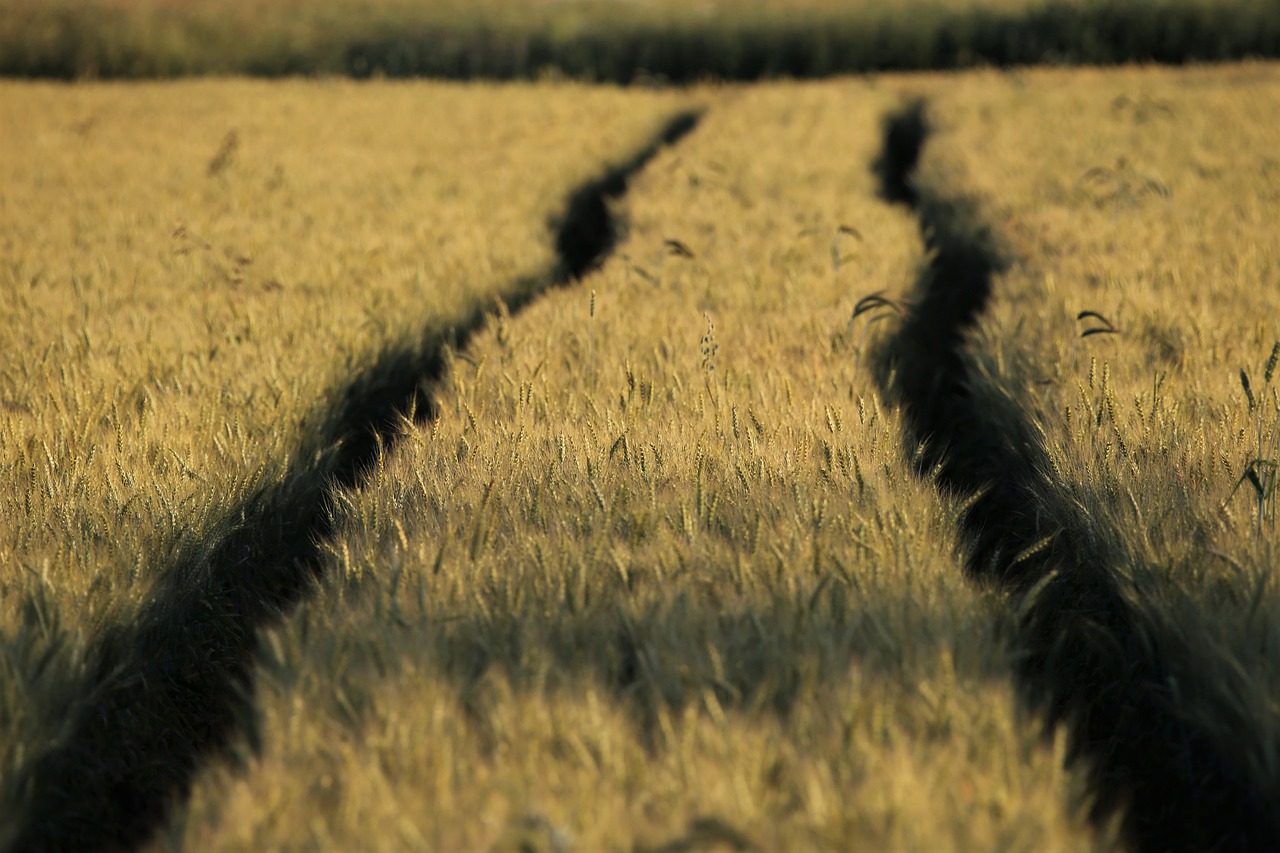United States – Switchgrass, a biofuel crop, can mitigate the effects of climate change when grown on marginal land, according to new Michigan State University research.
It may also provide economic returns for farmers in these otherwise unproductive areas.
Bruno Basso, an MSU Foundation Professor in Earth and Environmental Sciences and Plant, Soil and Microbial Sciences, as well as the W.K. Kellogg Biological Station, led the team. Rafael Martinez-Feria, a postdoctoral researcher in Basso’s lab, and Seungdo Kim, an associate research professor in the MSU College of Engineering, were also involved.
Renewable energy sources
Renewable energy is a hot topic of debate around the world. If fossil fuels remain the primary energy source in the future, climate scientists predict catastrophic consequences. Furthermore, countries such as the United States are grappling with the moral and financial consequences of relying on foreign oil.
Lignocellulosic biofuels, which are made from plant biomass, are currently one of the only renewable energy sources that have the potential to be used as a vehicle fuel alternative. However, simply planting more biofuel crops like switchgrass will not solve the problem of fossil fuels.
When farmers consider what to do with marginal, less-productive land, the challenge becomes even greater. Planting in these areas often has little to no benefit due to rising input costs. If growers do decide to plant, there will be a slew of environmental concerns, as these fields are frequently nitrogen-deficient and may require a lot of fertilizer.
Basso and his team used a multi-model ensemble of crop simulation systems that took into account soil, weather, and management data for this project. Three models from previous studies were included, as well as Basso’s System Approach to Land Use Sustainability (SALUS) program, which simulates daily crop production over a long period of time using various management strategies.
AI for bioenergy
The multi-model ensemble was created to help researchers better understand and quantify the uncertainties that arise from model input and parameters that are unique to each model. According to Basso, this is the first study to use a switchgrass model ensemble linked to artificial intelligence for bioenergy production.
Basso’s team discovered that low nitrogen fertilizer levels resulted in long-term yield increases that outweighed greenhouse gas emissions, which contradicts previous research. The benefit, according to researchers, could be much greater on lands with nitrogen deficiency, which is the case in several areas of Michigan. This strategy is less effective in areas with high soil organic carbon, low precipitation, and short growing seasons, according to Basso.
The research was funded in part by the Great Lakes Bioenergy Research Center, the Office of Science, Biological and Environmental Research at the US Department of Energy, the National Institute of Food and Agriculture at the US Department of Agriculture, and MSU AgBioResearch.




